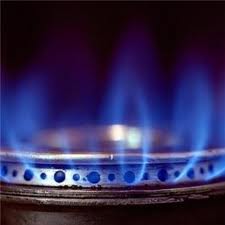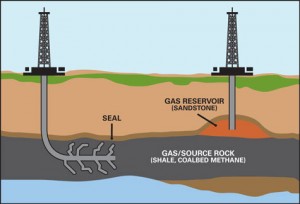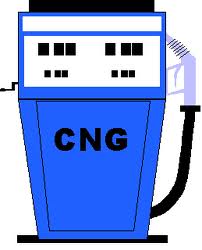Estimated reading time: 3 minutes, 38 seconds

A neighbor is just getting natural gas piped to their home and I am being kind enough to assist Intermountain Gas in allowing them to tap into our line and essentially branch off. This is the second time this has come up so far.
It turns out that the system’s pressure runs at 55LBS and each one is just given 7 water column inches (WCI) barely any; in fact it can be stopped with finger pressure. I was told that the 55# line could handle another 26 homes.
It is possible that the environmental damage done outweighs the benefits of extracting more energy from the earth.

Natural gas is invisible and odorless. We add a scent called Ethyl Mercaptan, or Mercaptan for short in 1937 to help us detect leaks after a school explosion in New London Texas. The same thing goes for propane.
Natural Gas is piped all over the country through an intricate network of underground pipes This network, like everything, requires lots of observation and maintenance or the darn stuff gets out and can blow up a neighborhood. Fortunately, that doesn’t happen very often.
I recall hitting a line while attempting to dig a post hole. Talk about embarrassing, We now have a great system of line locating called Dig Line, a free service that can be contacted by dialing 811.

I switched to Natural Gas many years ago from Oil to heat my home. I did it because the heating oil was expensive and the machinery was antique, and the heat was dirty as well as primitive when it comes to energy efficiency. I found a site where lots of energy sources are compared.
Although we have some of the cheapest electricity cost in the nation here in Boise Idaho, natural gas still beats it for doing all of the things we heat in the home.
It wasn’t until a few years ago that residential natural gas stoves became competitive with electricity in ability to hold high temperatures and pricing.

Lately things are changing around in the energy world. It used to be that electricity was generated by coal and by hydroelectric plants exclusively, Now wind and solar energy are becoming players. What I don’t get is that they are using natural gas to create electricity. It must make sense to the bean counters.
I am more inclined to use less electricity rather than use our natural gas to create electricity.
Incandescent bulbs are being phased out as of the beginning of this year to incentivize more energy efficient means of illuminating the darkness, like compact florescent and LED. Now there is something to crow about.
Natural gas has been in the spotlight lately because it is becoming more plentiful as a result of a controversial new technique of extracting it called fracking. This is where a mixture of chemicals, or in some cases waste water is pushed into the ground and the gas is liberated. In Ohio recently, there has been an unusually large number of earthquakes possibly linked to the practice.

CNG (Compressed Natural Gas) is being touted as clean energy and many municipalities and garbage trucks are being converted in our area. The infrastructure is not in place for the general public yet. However, you can count on growth in that sector, especially if the numbers work out to be less expensive than other fossil fuels.
Regardless of the method of extraction, this country has seen Natural Gas production and utilization on the rise. I sincerely hope a better/safer extraction method is invented soon. From my perspective Natural Gas is a viable BTU (British Thermal Unit) producing, fairly clean, (if you don’t count Fracking right now) fossil fuel energy source that has not met its potential yet. In our nations energy hungry state, I see lots of room for increased dependency on Natural Gas in the future.


Joe,
Thanks for this great article. Natural gas is our preferred energy source for powering heating, cooking, and clothes drying. We have always had natural gas as far as I can remember. Around here in California there is an effort to reduce our dependancy on Natural Gas though. Many remodeling or new construction projects are looking to go Net Zero which means relying more on producing electricity from the sun and using electric appliances (cars too). This goes with heating and cooling equipment as well (heat pumps). It does require an investment in solar panels (photo voltaic – PV). We also use solar thermal panels to produce hot water that we can use for domestic and heating applications. More “power” to getting rid of heating oil!- can’t see how that is a good product…….
Thanks for the reminder, We are looking at using more alternative energy sources however without the energy credits available in California we are finding that the ROI takes too long. There are some promising signs of lowered system cost. However, it takes a committed client at the moment to move forward. As with everything we anticipate energy costs to increases. Until our state government provides an incentive, which could happen with the stroke of a pen, Hint Hint Butch, I see Idaho as a “wait and see” state.